
Imagine standing beneath trees older than empires, where mist drifts through ancient forests. Redwood National and State Parks offer this profound experience, but figuring out the best time to visit Redwood National Park isn’t one-size-fits-all.
Your perfect trip truly depends on what matters most to you. Do you crave sunny skies and easy access, even with more people around? Summer delivers that. Prefer fewer crowds and vibrant spring wildflowers? Maybe April through June calls. Perhaps crisp fall air and dramatic elk bugling sound appealing. Or, do you seek deep solitude and don’t mind rain gear? Winter provides quiet intensity.
Each season paints these woods differently, shaping your adventure. Let’s break down the options so you can find your ideal moment among giants. Grab your rain jacket or sunscreen accordingly!
Key Factors Influencing The Best Time To Visit Redwood National Park For YOU
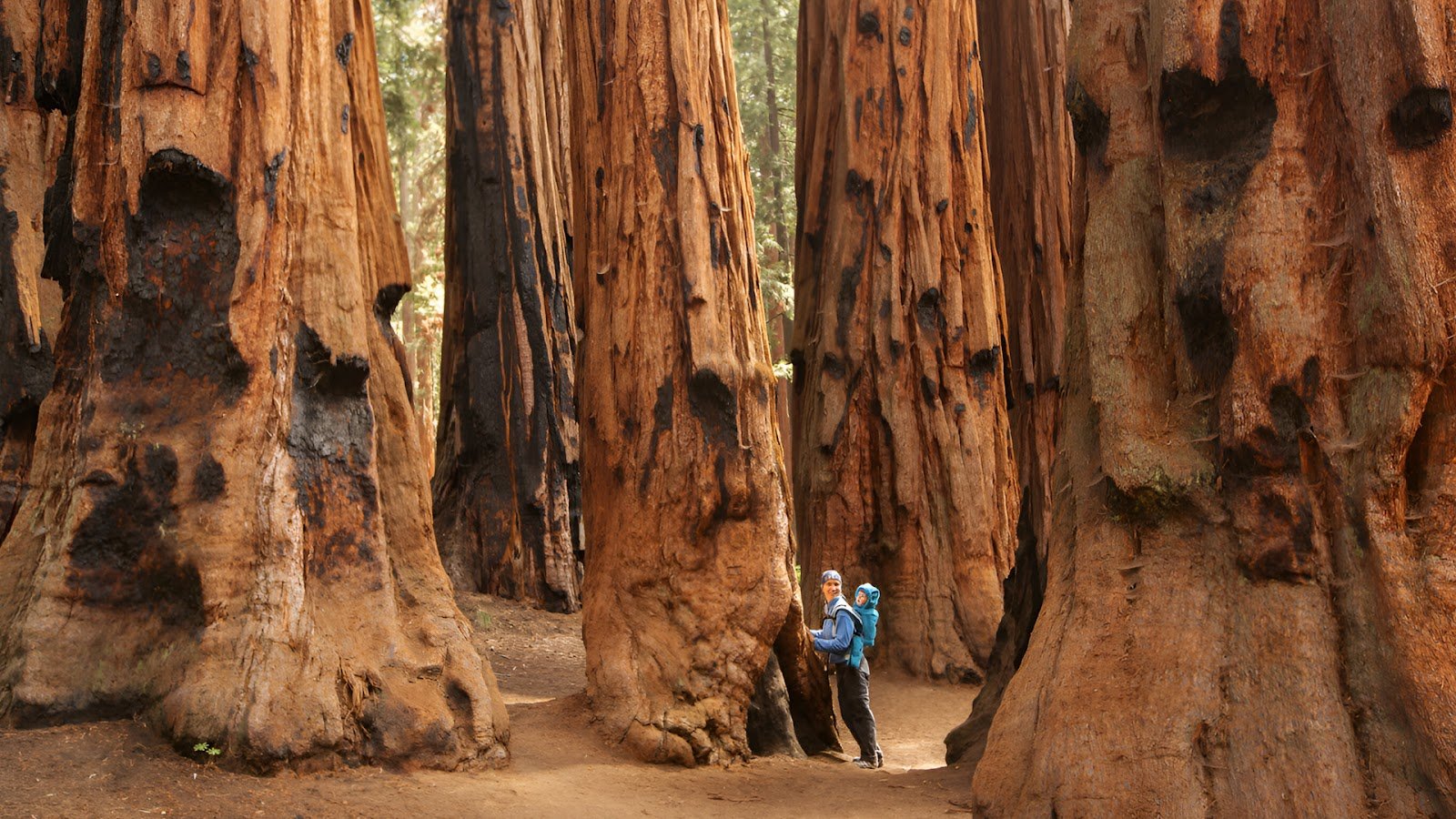
Choosing the best time to visit Redwood National Park really hinges on your personal trip goals. What matters most? Different seasons offer distinct experiences.
Think about these key things:
- Weather & Climate: Expect cool summers, mild winters, and rain mainly from October through April. This shapes everything else.
- Crowds & Solitude: Summer brings peak visitors. Spring and fall see fewer people. Winter offers quietest moments.
- Wildlife Viewing: Spot whales during migrations (spring/fall), witness elk bugling in fall, see elk calves in spring.
- Activities & Trails: Hiking ease, trail closures (especially winter mud/trees), camping comfort, kayaking chances, and ranger program availability vary.
- Accessibility & Services: Road closures can happen in winter. Campground openings and visitor center hours also change seasonally.
Season-by-Season Breakdown: Pros and Cons
Spring (March – May)
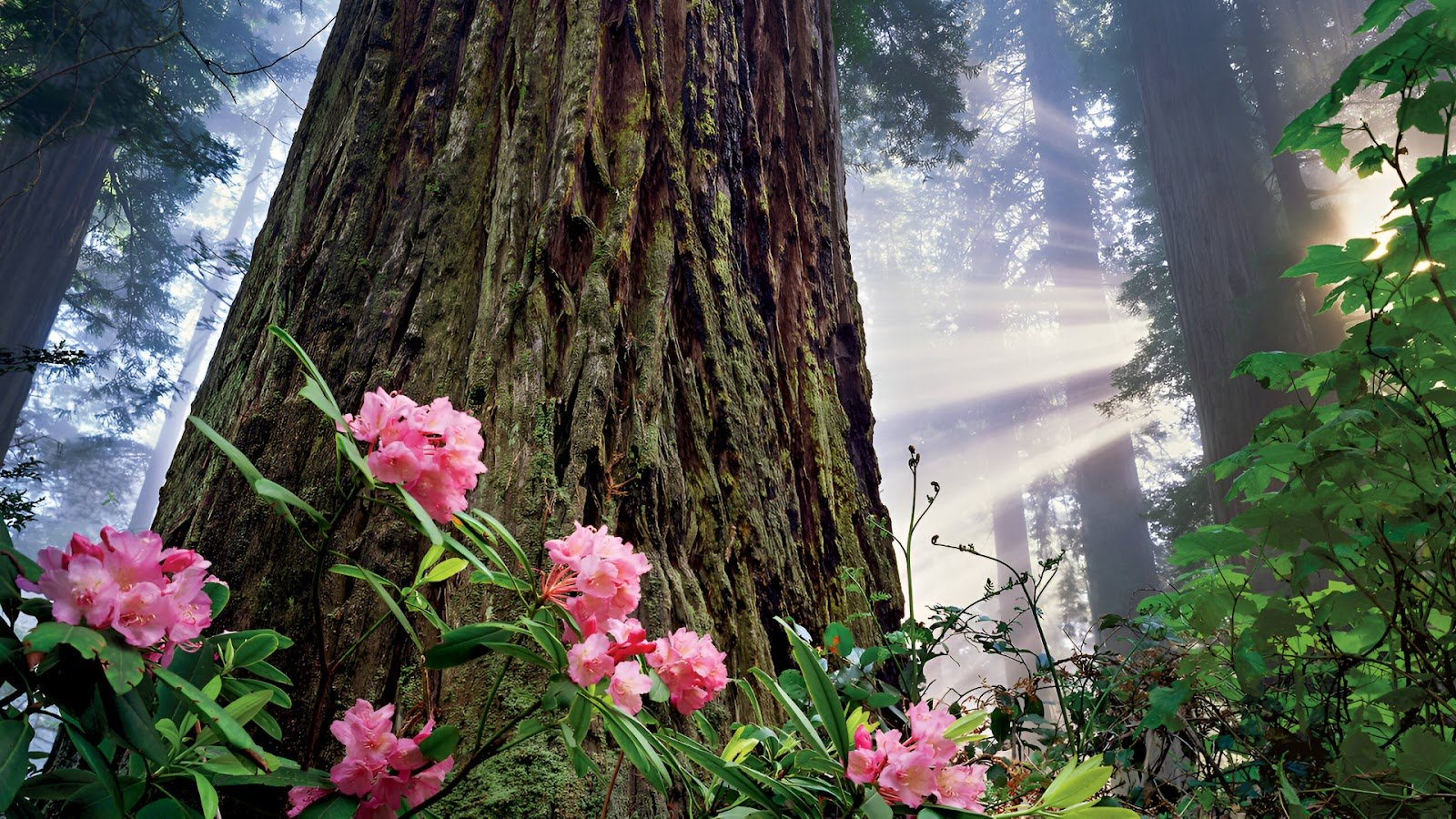
Spring breathes life into Redwood forests. Days get longer and milder. Rain showers are still common, especially early on, but sunshine breaks through more often. This season paints the woods in vibrant new ways.
Expect stunning wildflower displays, including bright pink rhododendrons near trails. Waterfalls rush powerfully with snowmelt. Fewer people visit now compared to summer, making trails feel more peaceful. Wildlife activity increases too.
- Pros: Exploding wildflowers, peak waterfalls, lush green scenery, milder temperatures, fewer crowds than summer, whale watching starts (late spring), spot elk calves.
- Cons: Lingering rain likely (especially April/May), cooler coastal temperatures persist, some trails can be muddy or recovering from winter damage. Pack layers and rain gear.
Summer (June – August)
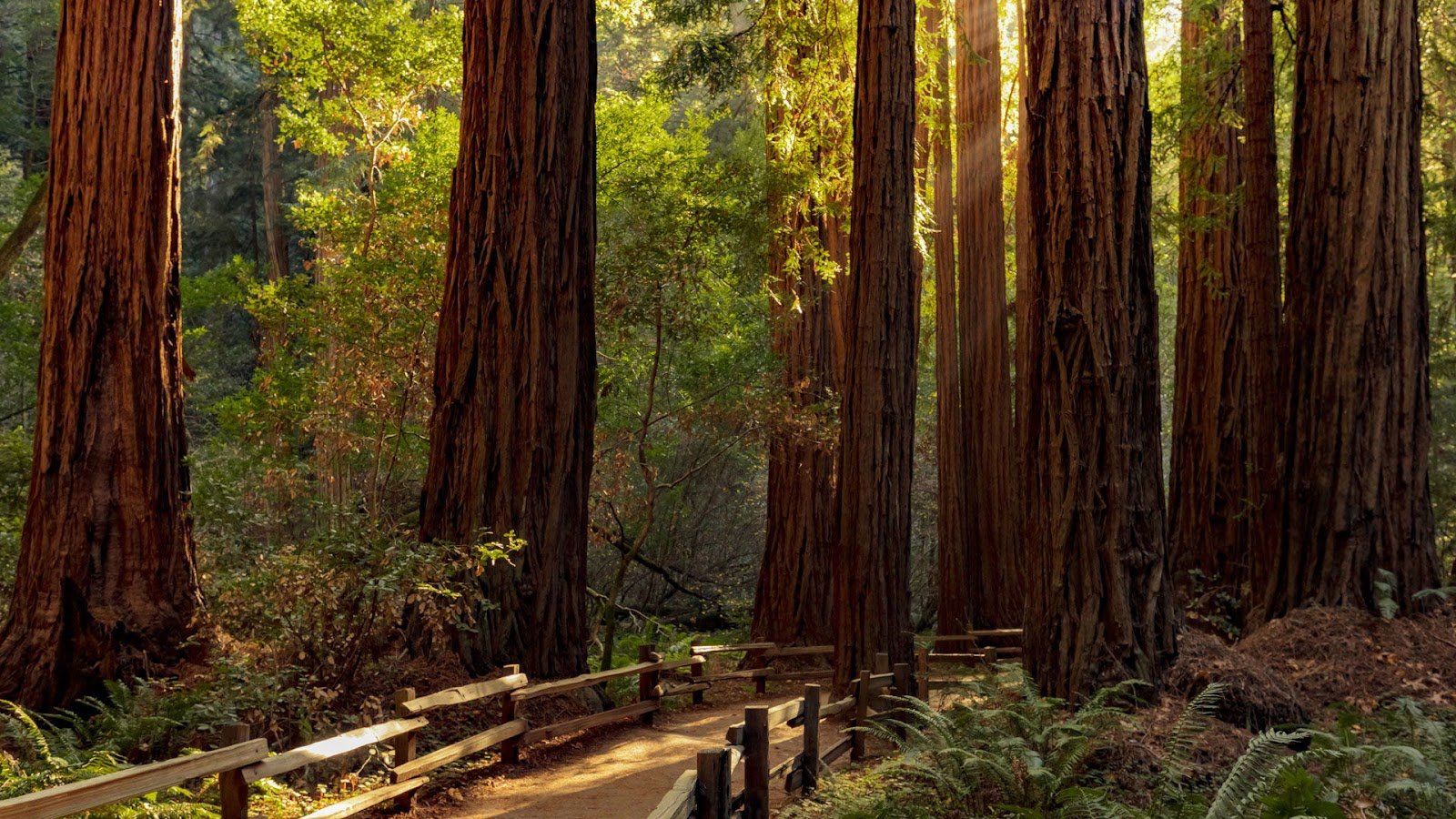
Summer is when Redwood parks buzz with activity. It brings the driest, sunniest weather and warmest temperatures, though coastal areas stay mild. Expect long daylight hours perfect for exploring. Fog (“June Gloom”) often lingers near the coast, especially in the mornings.
All visitor centers, campgrounds, and roads are reliably open. This popularity makes it the best time to visit Redwood National Park for guaranteed access and ease.
- Pros: Most reliable sunny/dry weather, warmest overall temps, all facilities/services operating, best camping conditions, peak ranger programs, ideal for kayaking, long days.
- Cons: Peak crowds mean busy trails and parking, book everything very early, higher prices for nearby lodging, coastal fog common, rare inland heatwaves possible.
Fall (September – November)
Fall transforms Redwood forests with a cool, colorful shift. Crisp air settles in, and sunlight dapples through changing leaves. Maples and dogwoods turn vibrant shades of red and gold, contrasting with deep green ferns.
Crowds thin out noticeably after summer’s peak, especially later in the season. This is prime time for wildlife drama: listen for the powerful bugling of Roosevelt elk bulls during their rut.
- Pros: Beautiful autumn foliage, fewer crowds (especially October onward), crisp hiking weather, active elk rut (bugling), fall whale watching migration.
- Cons: Rain chances increase significantly (especially late October/November), daylight hours shorten, some visitor services may reduce hours, potential for early storms bringing wind or flooding.
Winter (December – February)
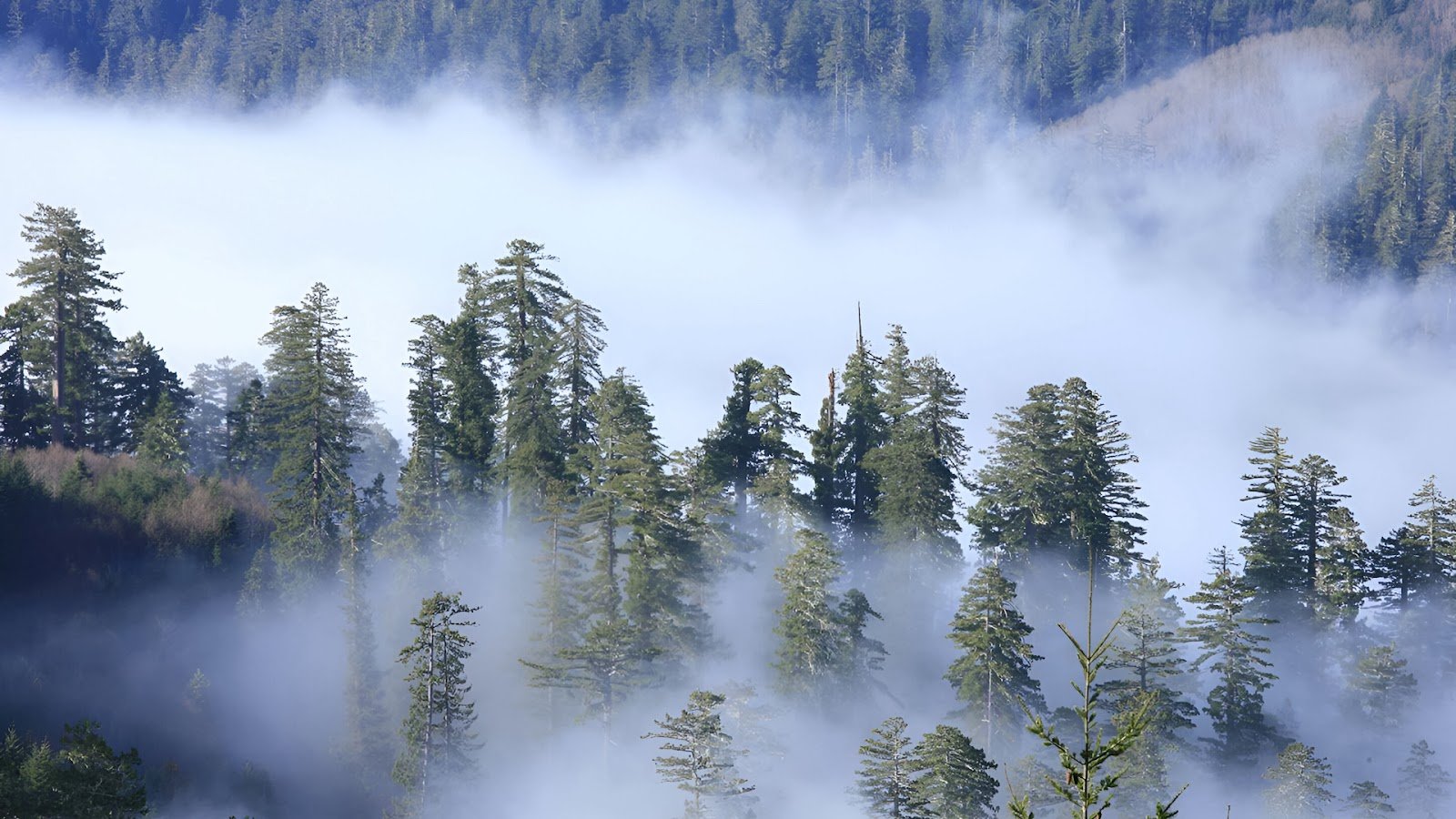
Winter brings a quiet, dramatic mood to the redwoods. Expect the most rain and coolest temperatures. Storms roll in frequently, creating powerful ocean swells and soaking forests that glow intensely green. Mist hangs heavy among ancient trees.
Visitor numbers drop significantly, offering deep solitude. Roads and trails can be impacted by weather. If you don’t mind rain and seek raw nature, this might feel like the best time to visit Redwood National Park for you.
- Pros: Fewest crowds offer true peace, dramatic storm-watching, lush mosses and ferns, lowest prices, clear days possible between storms, Roosevelt elk herds often visible.
- Cons: Highest rainfall amounts, coolest temperatures, potential road closures or flooding, some trails hazardous (mud, downed trees), shortest daylight, many campgrounds/services closed.
So, When is the Absolute Best? (Spoiler: It Depends!)

Let’s get real: there isn’t one perfect season for everyone. Your ideal visit depends entirely on what you want from the experience. Different times shine for different reasons.
Need sunshine and everything open? Summer delivers, but prepare for company. Want a balance of decent weather and fewer people? Consider late spring or early fall – often called the sweet spot. Craving total peace and dramatic storms? Winter offers profound solitude, if you pack rain gear. Wildflower lovers target spring. Wildlife enthusiasts, especially for elk rut, aim for fall.
Here’s a quick match-up:
- Guaranteed Weather & Access: Summer (June-August)
- Fewer Crowds & Balanced Conditions: Late Spring (May-June) / Early Fall (September-October)
- Deep Solitude & Drama: Winter (December-February)
- Wildflowers & Waterfalls: Spring (March-May)
- Elk Rut & Fall Colors: Fall (September-November)
Pick your priority!
Essential Tips for Planning Your Visit (Regardless of Season)
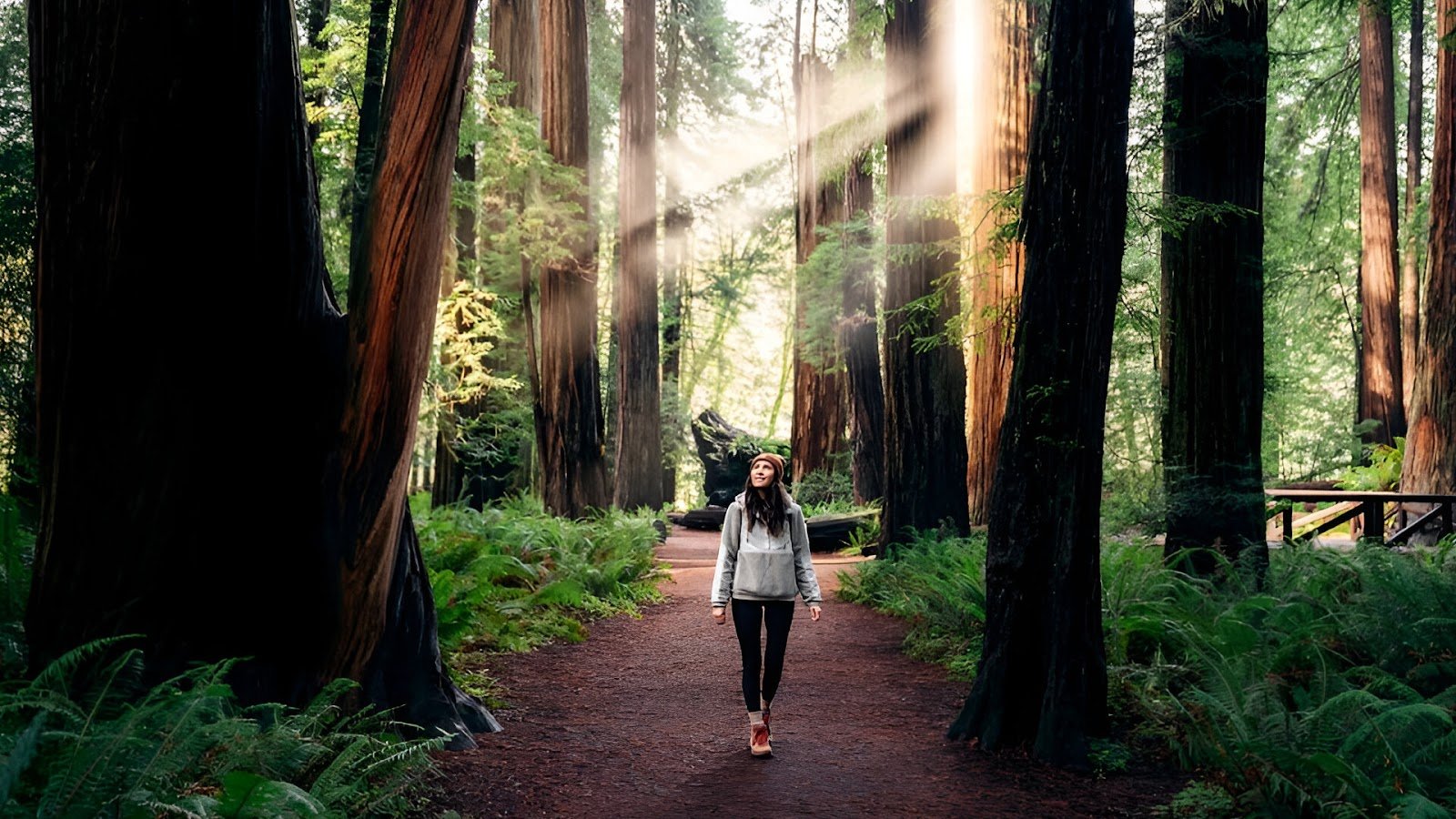
No matter when you choose your best time to visit Redwood National Park, smart planning makes any trip smoother. Weather here changes fast, and services vary. Trust us, a little prep goes a long way towards a great experience under the redwoods.
- Book Accommodations & Camping Early: Especially vital for summer trips or holidays. Places fill up quickly.
- Check Official Park Conditions: Always visit the NPS website (nps.gov/redw) right before traveling. Look for alerts on road closures, trail status, weather, and campground openings.
- Pack Layers & Rain Gear: Essential year-round. Include warm layers, waterproof jackets, sturdy shoes. Prepare for sun, fog, wind, or rain anytime.
- Respect Wildlife & Nature: Keep a safe distance from animals like elk. Follow Leave No Trace principles. Stay on trails.
- Consider Nearby Parks: Combine your visit with other amazing spots like Humboldt Redwoods SP or Prairie Creek SP easily.
Conclusion: Your Perfect Redwood Moment Awaits
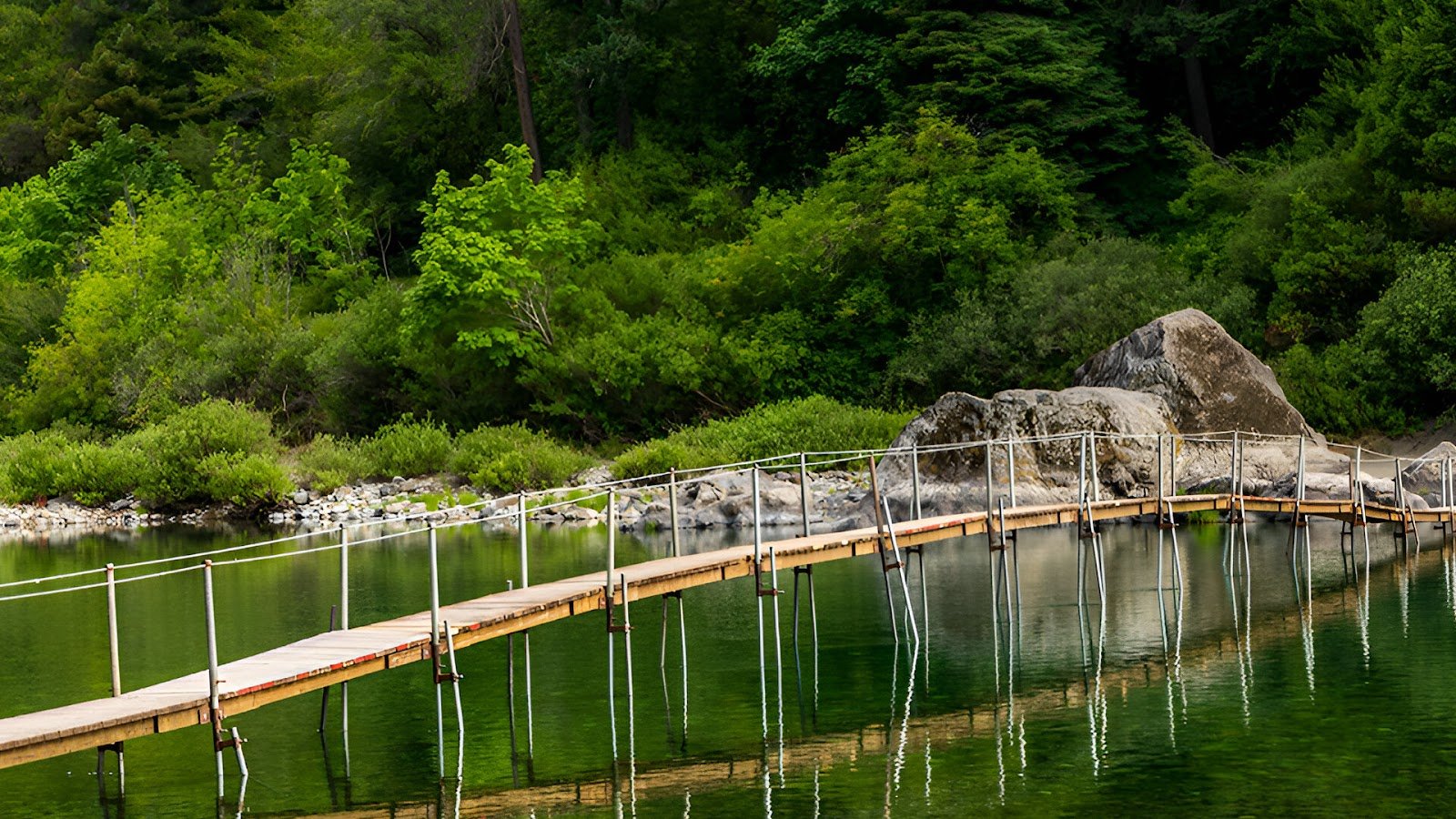
Finding the best time to visit Redwood National Park truly comes down to your own adventure style.
Each season offers its own special magic among these ancient trees. Misty spring brings wildflowers and rushing waterfalls. Summer guarantees sunshine and full access, though you’ll share trails. Fall dazzles with color and the thrilling sound of elk bugling. Winter provides deep quiet and powerful storm drama for those prepared.
Think about what matters most for your trip: sunny days, fewer people, wildlife action, or maybe lowest prices? Once you match your priorities to a season, you’re set for an incredible experience. Go ahead, plan that visit. Standing beneath thousand-year-old giants promises a moment you won’t forget, whenever you choose to go. Ancient forests await.

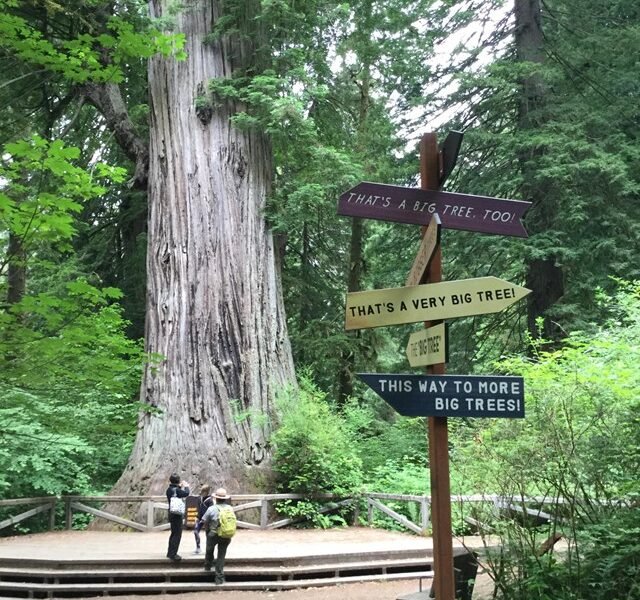




0 Comments